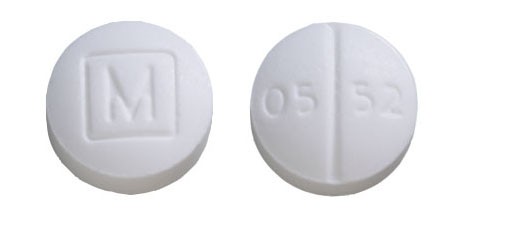Know The Distinction: Is It Sleeplessness Or Simply A Couple Of Nights Of Bad Sleep?
Can you take 20 mg of zolpidem?
However, while it generally takes users longer to develop an addiction to Ambien than to Benzos and withdrawal from Ambien is generally less severe and dangerous than Benzo withdrawal, Ambien is still an addictive substance. In fact, it is now recognized that Ambien has a very similar potential for abuse as Benzos.
If you take this medication and do not get a complete night's rest, you should not drive or do other tasks that require awareness. Below is a checklist of medications that can interact with zolpidem. This list does not contain all drugs that might communicate with zolpidem.
The wellness risks of integrating benzos with Ambien are similar to those of incorporating alcohol, with one of the most hazardous being a fatal overdose. According to the You can find out more the Drug Enforcement Company (DEA), this indicates individuals aren't most likely to utilize it recreationally.
Can you take Ambien for years?
Ambien (zolpidem) and Xanax (alprazolam) are used for treating insomnia. Xanax is used off-label to treat insomnia; it is approved to treat panic attacks and anxiety disorders. Ambien and Xanax belong to different drug classes. Ambien is a sedative/hypnotic and Xanax is a benzodiazepine.
- One of the most common compounds utilized with Ambien is alcohol.
- Taking Ambien without a prescription or whatsoever not guided by a physician is misuse.
- Frequently when a person's resistance to Ambien develops, they require greater dosages of the medicine to drop off to sleep.
- And taking specific prescription resting pills can bring about drug abuse or substance abuse, so it's important to follow your physician's suggestions.

In these reported instances, the people were unaware of these tasks while they were taking place. Case studies released in the Journal of Medical Sleep Medication suggest that some patients have experienced a habits called sleep consuming disorder, or night eating disorder, after taking Ambien. These individuals woke to find proof that they had taken in food during the night, yet they had no memory of doing so. Various other individuals reported having full discussions, leaving their residences to walk through the community, or even getting up behind the wheel with no memory of driving. One female had alarm systems installed on the doors of her residence to notify her family members if she attempted to leave your house while sleeping.
What is the best natural sleep aid?
It isn't just your thoughts that can prevent you from falling asleep – exercising shortly before going to bed or ingesting stimulants too late in the day can also deter sleepiness from setting in. Similar effects can be caused by stimulants such as caffeine and nicotine.
Bedtime spent in phases 3 and 4 (deep rest) was located comparable to sugar pill with only inconsistent, minor changes in Rapid Eye Movement (paradoxical) rest at the advised dose. Rifampin, a CYP3A4 inducer, dramatically lowered the exposure to and also the pharmacodynamic impacts of zolpidem [see MEDICINE COMMUNICATIONS]

What is equivalent to Ambien?
Addiction to Ambien. Ambien is in Helpful site a class of drugs known as sedative-hypnotics. Ambien works by activating the neurotransmitter, GABA, which slows down the brain and the central nervous system. Ambien is used to treat insomnia but is only intended for short-term use.
Melatonin As Well As Zolpidem: Do Sleeping Aids Really Function?
Zolpidem tartrate was examined in healthy volunteers in single-dose interaction studies for a number of CNS medications. Imipramine in mix with zolpidem created no pharmacokinetic communication aside from a 20% reduction in peak degrees of imipramine, but there was an additive impact of reduced awareness. In a http://codykyrz513.raidersfanteamshop.com/which-medicine-1 similar way, chlorpromazine in combination with zolpidem generated no pharmacokinetic communication, yet there was an additive effect of decreased alertness and psychomotor performance.